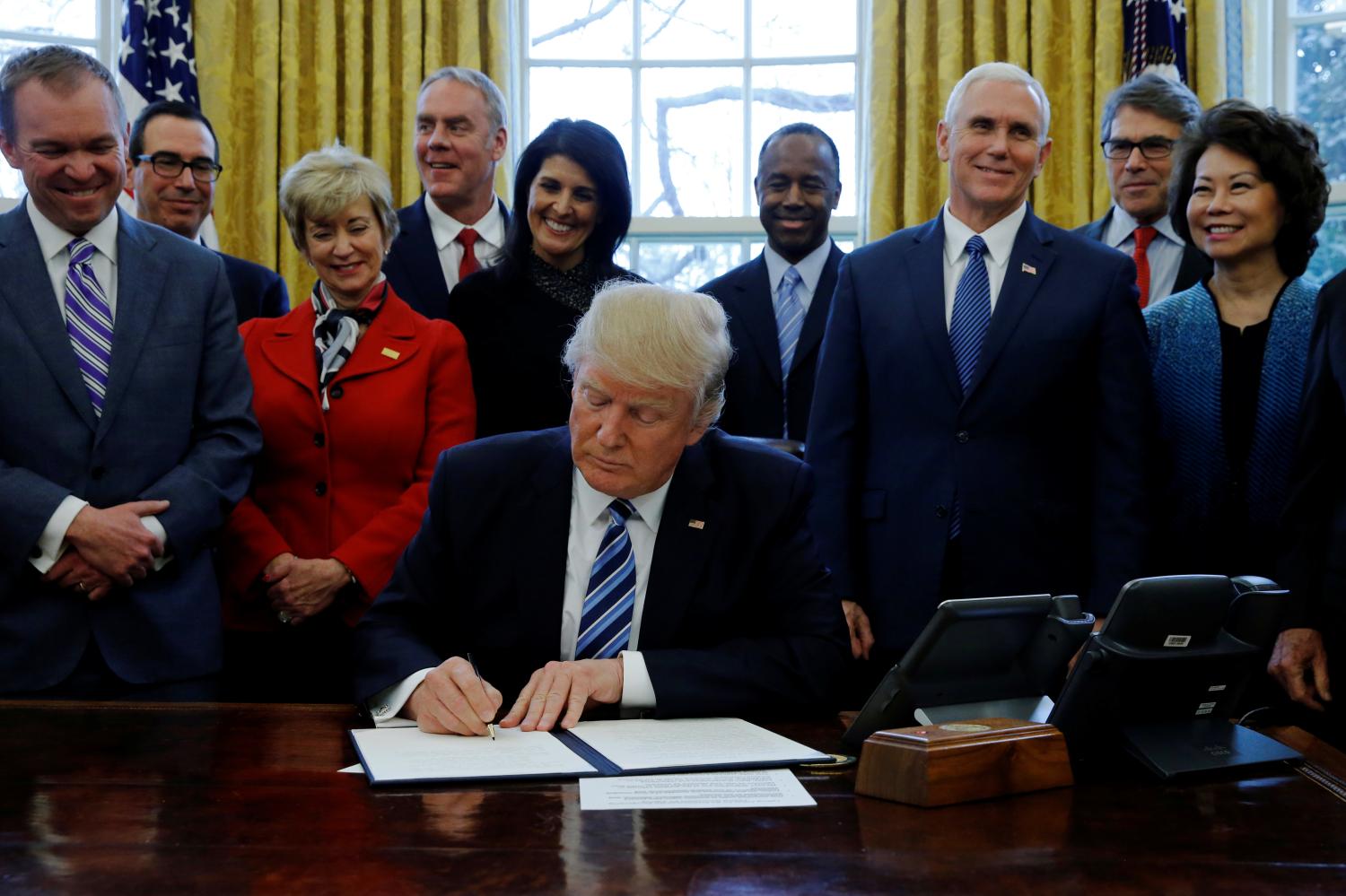Recent media reports suggest a rising tide of economic populism among presidential candidates and voters. In newspapers’ business sections, personal finance columnists offer advice for avoiding mortgage foreclosure, managing credit card debt and navigating a job search. On the political pages, economic rhetoric aimed at winning over anxious middle-class families forms the core of the presidential campaign messages from many candidates. This paper shows, through data and analysis, that the populist message is rooted in an empirical reality.
Economic insecurity is perhaps best understood as the intersection between “perceived” and “actual” downside risk, which carry nearly equal importance in politics. Americans’ assessments of their personal financial well-being play at least some part in shaping their candidate preferences. And the empirical reality reflected by household financial data should play a critical role for candidates’ and elected officials’ framing of policy options, particularly when faced with the challenge of efficiently targeting scarce public resources. Of course, the relationship between perceived and actual risk is an intimate one, as perceptions are often informed by, and inform, reality.
Public-opinion surveys capture Americans’ perceived economic risk, suggesting that Americans feel they are under a great deal of economic pressure. Actual risk is measured by surveys of family income and consumption patterns, which reflect real and rising economic pressures on many American families. To be sure, the typical American family is not on the brink of financial collapse. Yet the probability of suffering an economic fall has grown in the past several decades, as has the magnitude of the consequences of such a fall. Families’ incomes have grown more volatile – and therefore less predictable – over the course of the last three decades. Compounded with both a cost crunch and a time crunch, families today face considerable economic pressure.
Government should play a key role in mitigating economic insecurity by creating an effective social safety net for the 21st century, but doing so will require surmounting significant public skepticism. In short, policymakers must bridge a serious accountability gap in the eyes of the public. While American families face substantial economic challenges, policymakers will not be able to create lasting solutions without a concerted effort to address the public’s distrust of government’s efficacy and integrity. The best proposals will combine innovative policy solutions with strong accountability and transparency measures.
The Brookings Institution is committed to quality, independence, and impact.
We are supported by a diverse array of funders. In line with our values and policies, each Brookings publication represents the sole views of its author(s).




